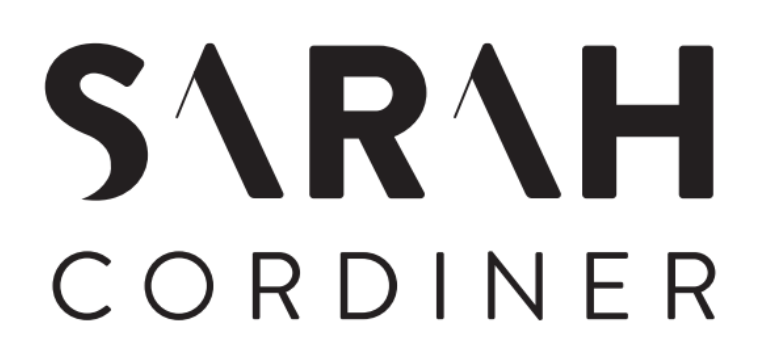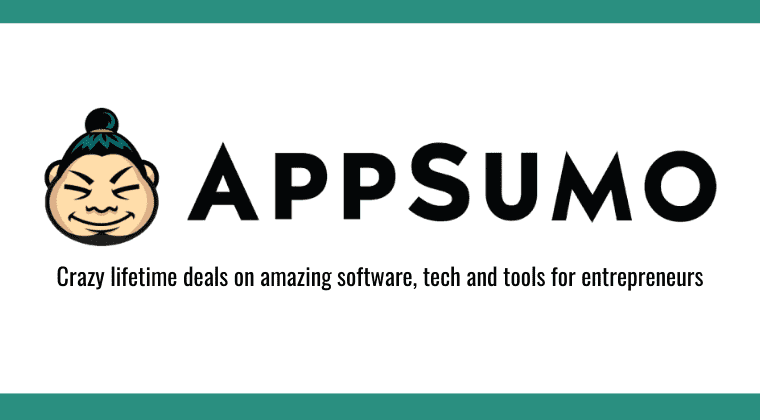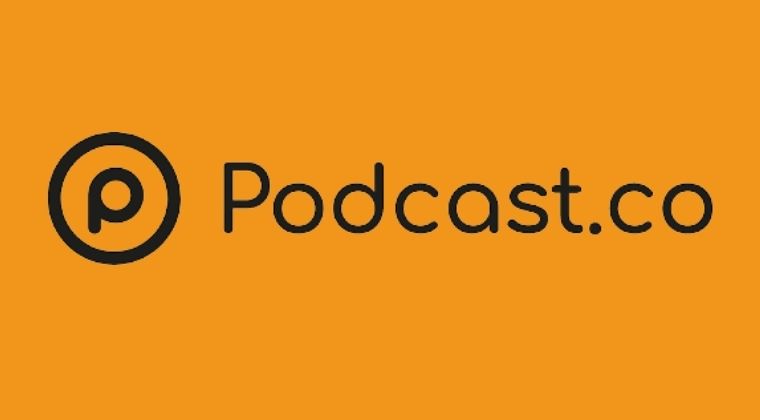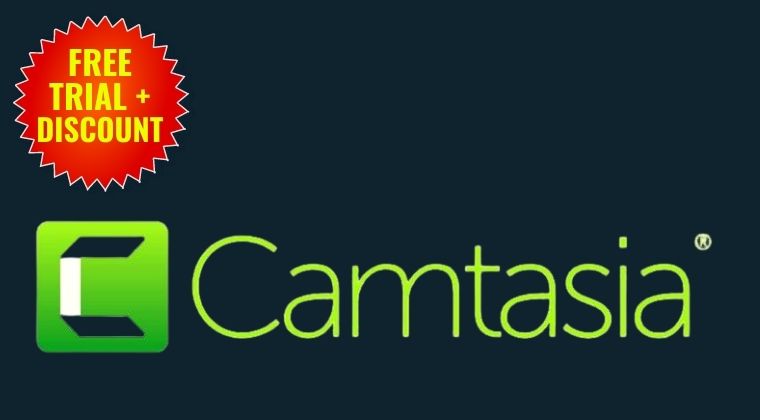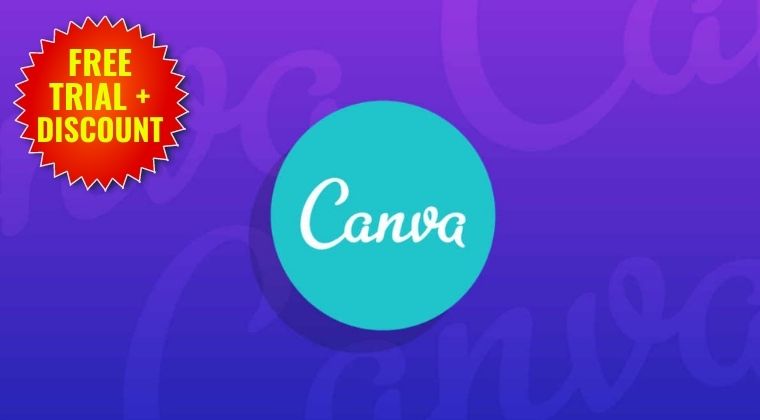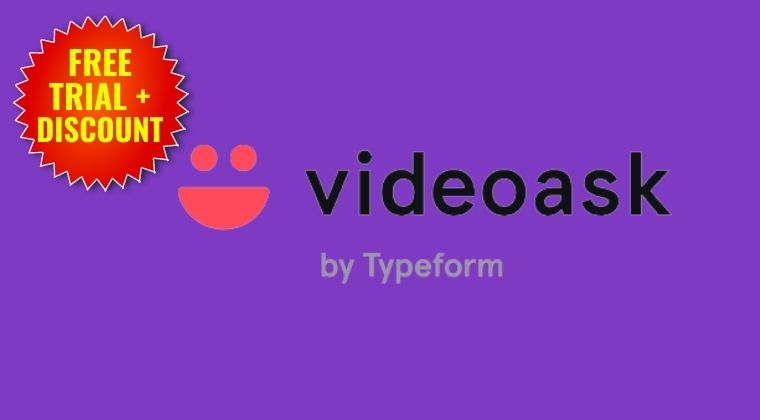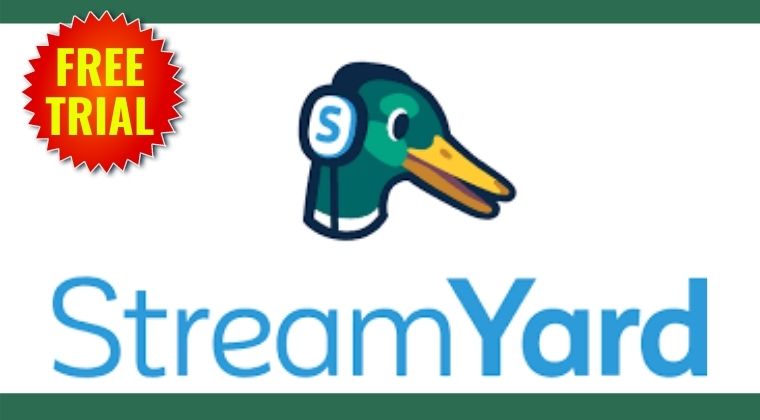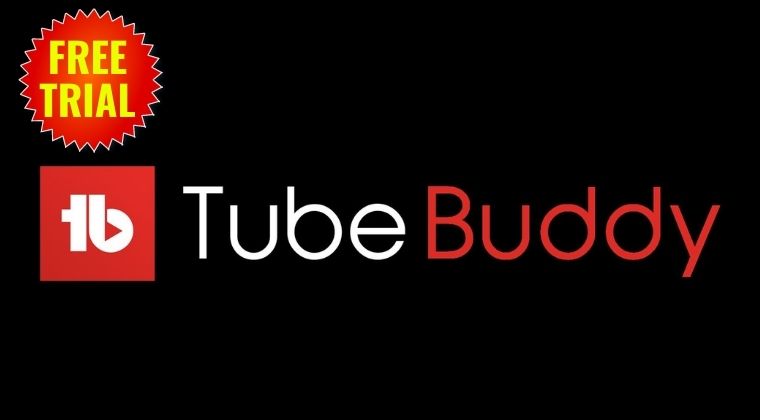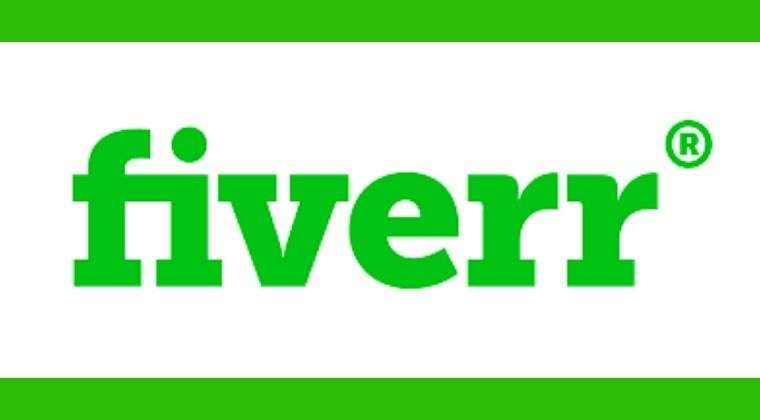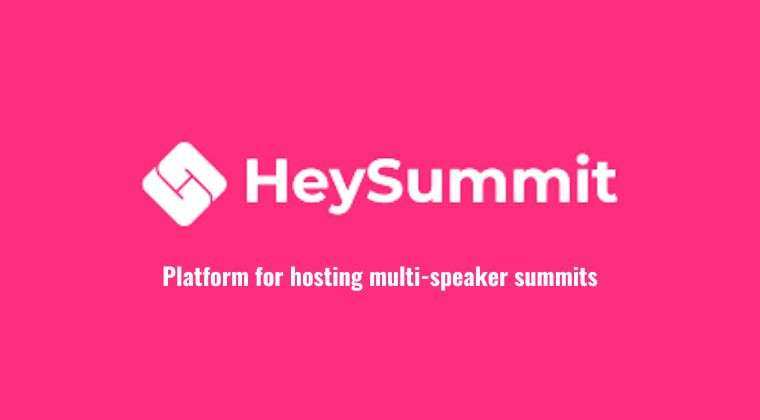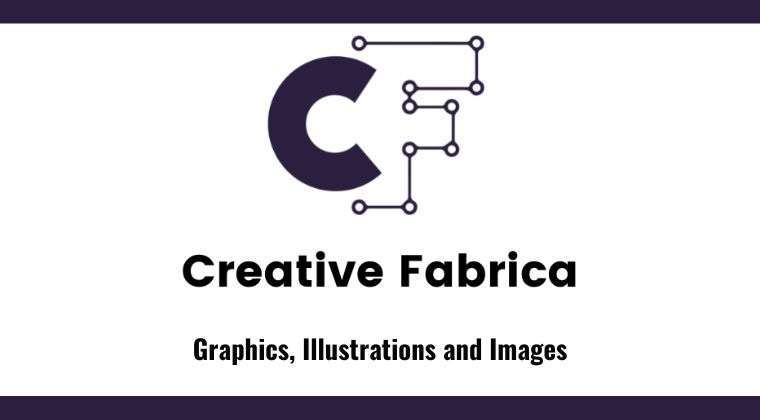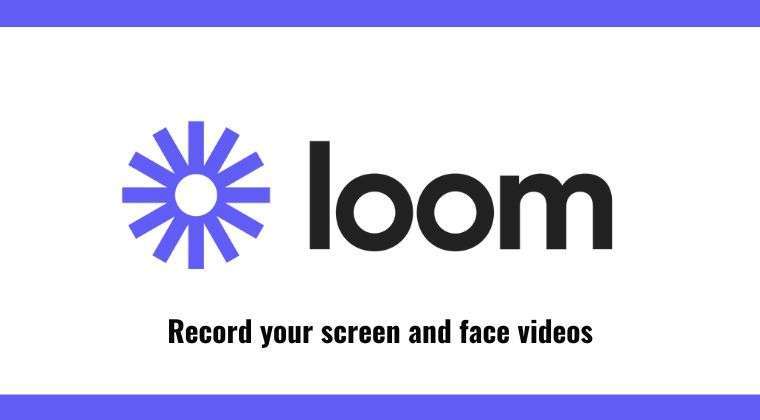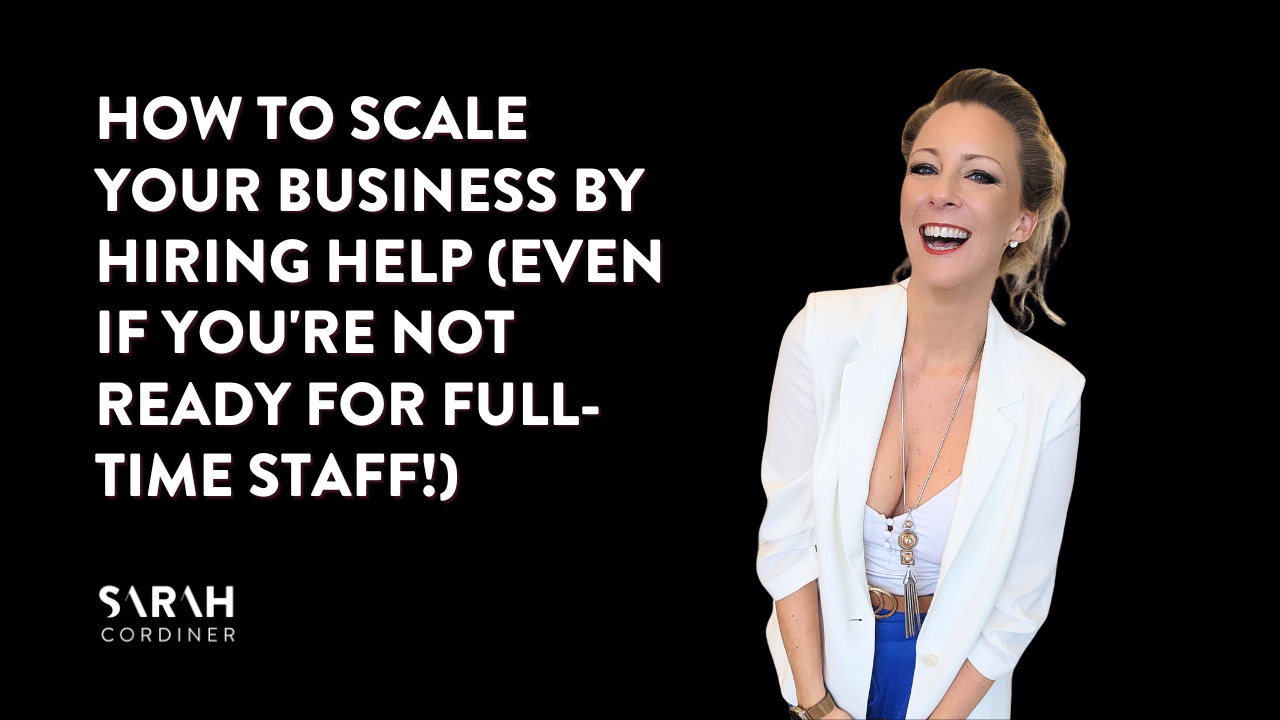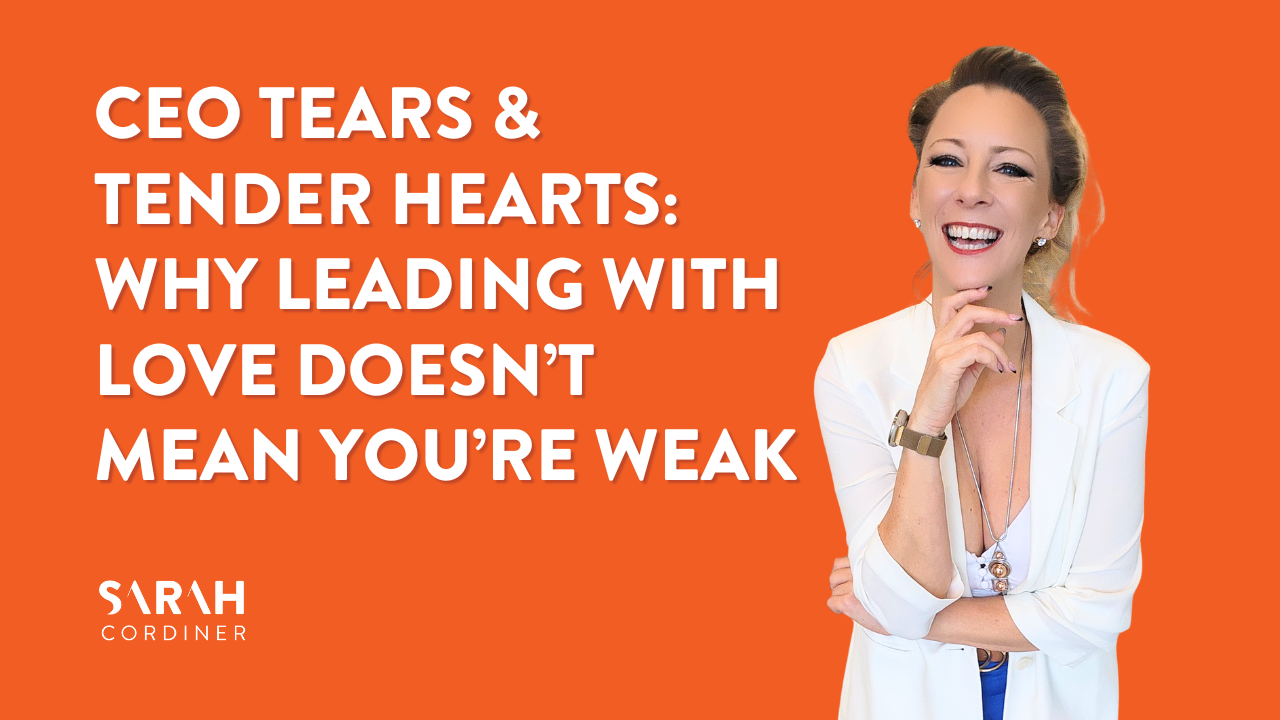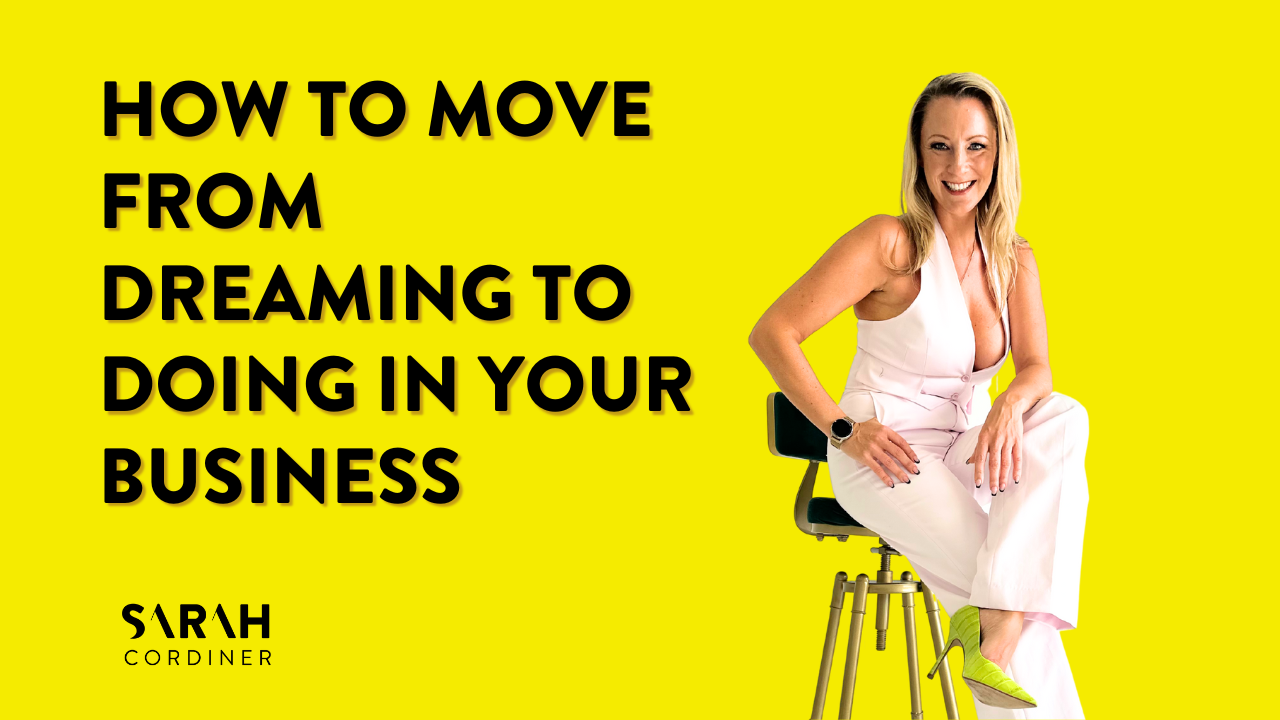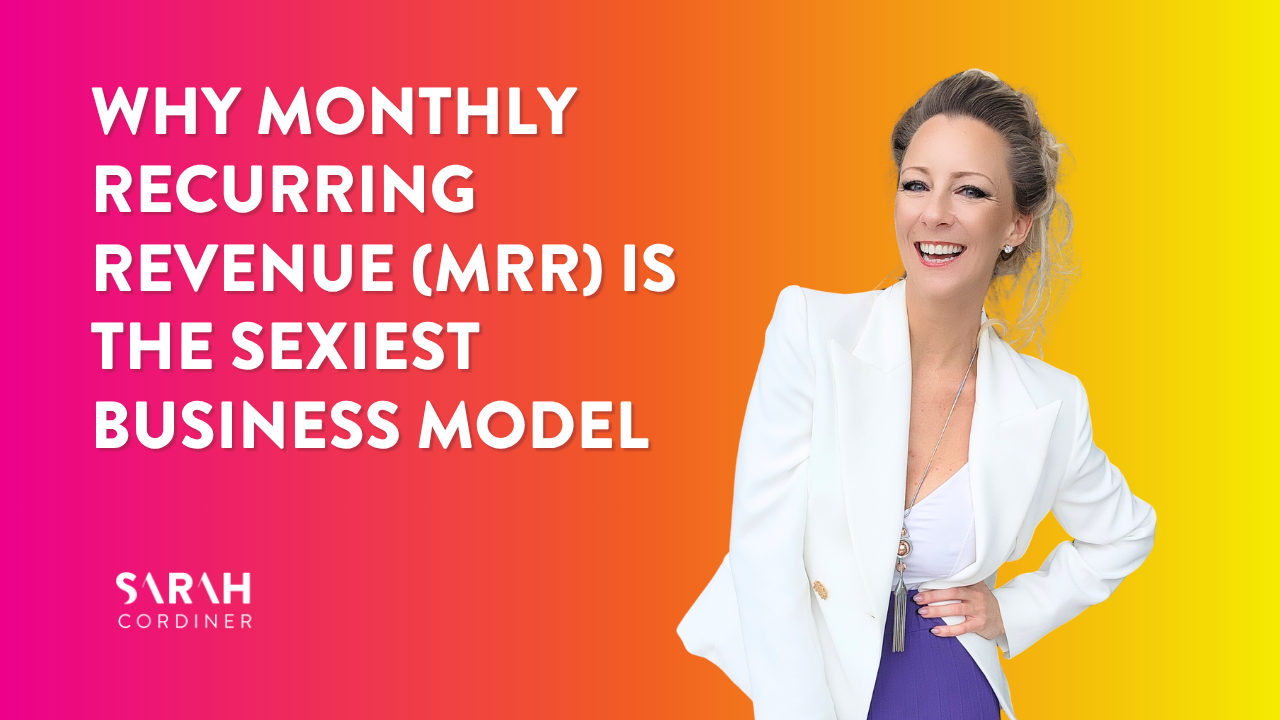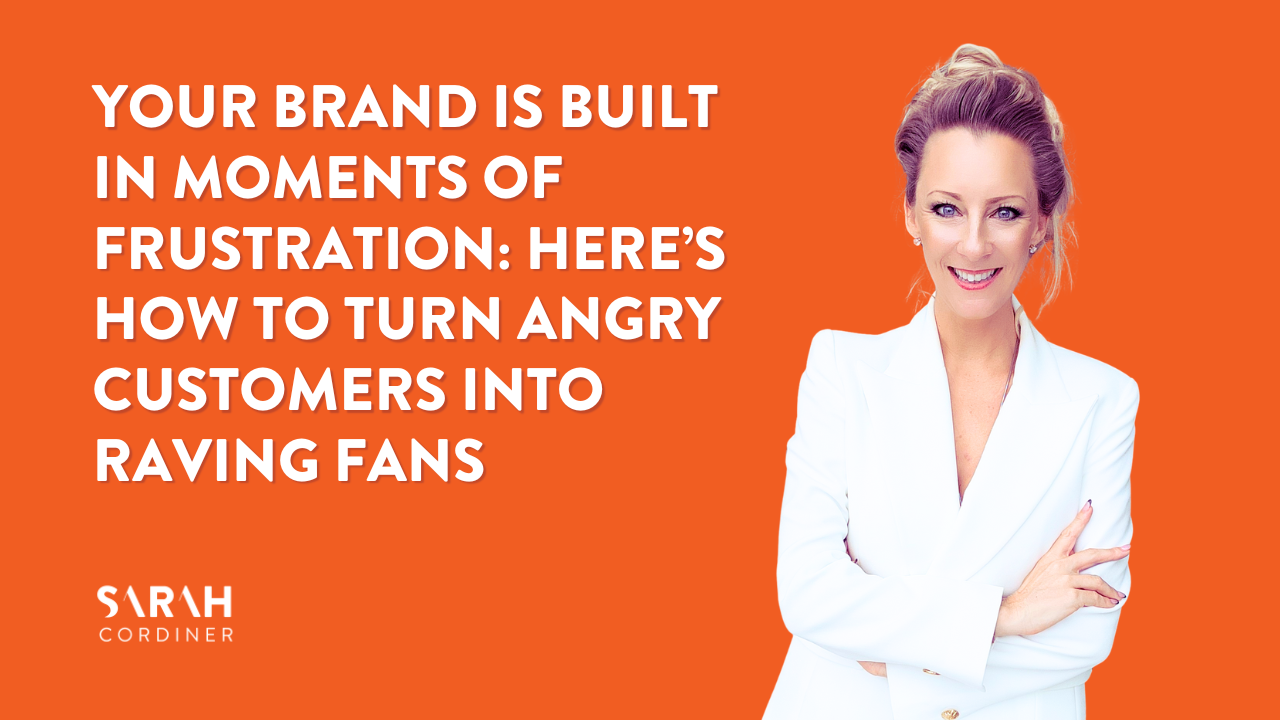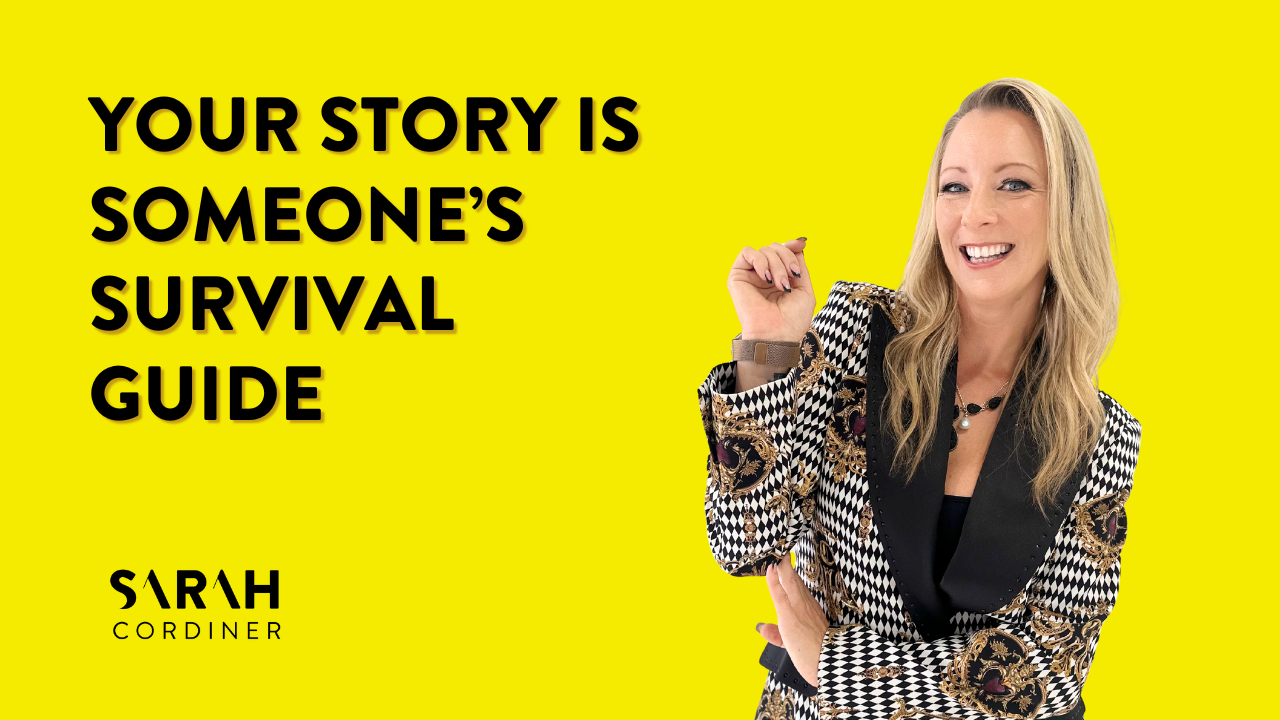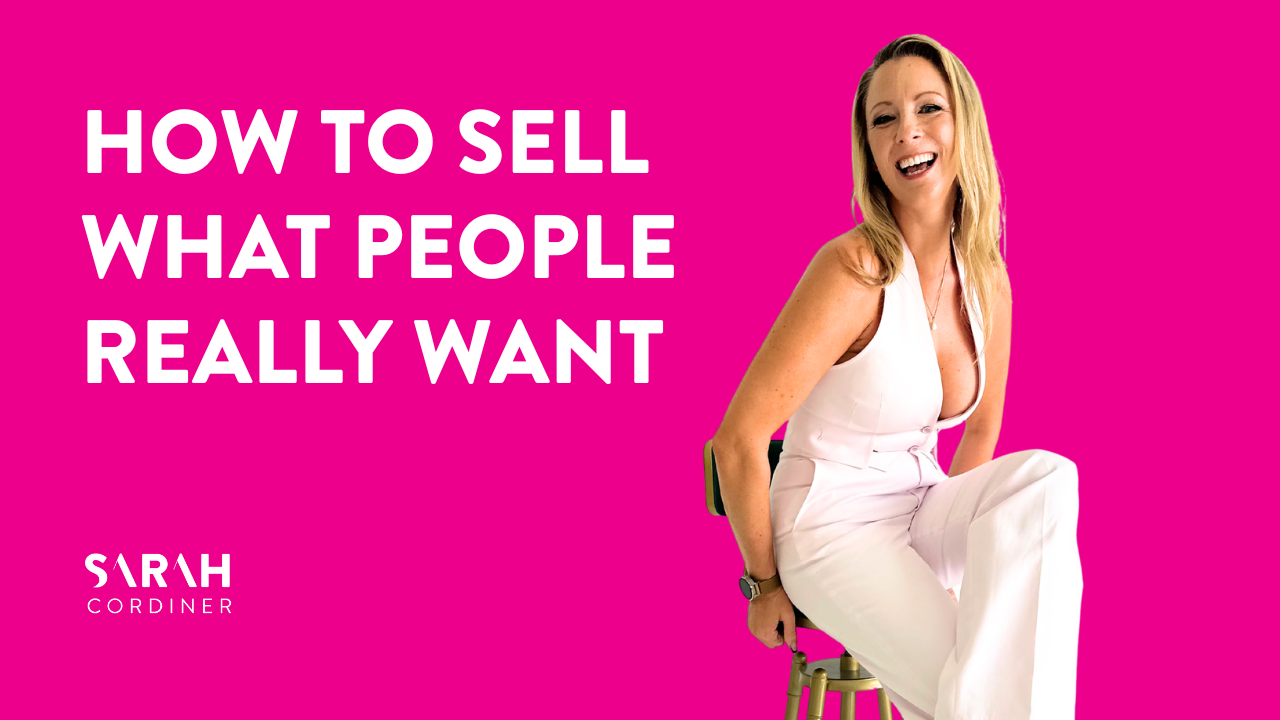How To Price Your Online Course
How To Price Your Online Course
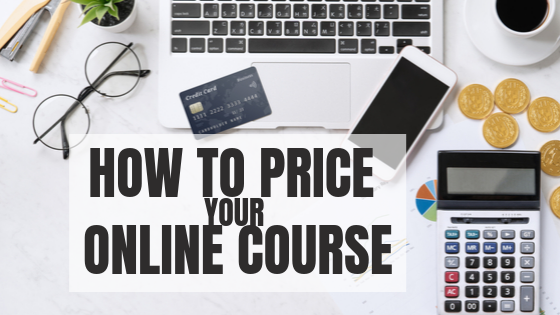
HOW TO PRICE YOUR ONLINE COURSE
It’s now common knowledge that there is a great deal of money to be made for those who are turning their knowledge, coaching, expertise, books and workshops into online courses.
Online courses are now a multi-billion dollar industry, and we are only at the beginning of the curve.
Some entrepreneurs create online courses purely to attract highly targeted leads into their business funnel, others use them to add a side-income to their personal or business income; for others, it’s a million-dollar income stream that they solely focus on day to day.
How much money you could be making from your online courses is another discussion – which I talk about in another article……
In this article, I answer the question: How much should you charge for your online course?
There are a number of variables to consider when pricing your online courses, and as such, there is no single formula that can be applied to every online course.
However, there are some key considerations and factors that you can consider to help you price your course.
In this article, I will share with you some strategies for working out the perfect pricing for your online course.
The Value of Experience
- How much is your experience worth?
How much would you have paid someone to have all of the answers and strategies that you have, back when you needed them most?
Imagine if the ‘present-day’ version of yourself went back in time to give the ‘inexperienced’ version of you a complete brain download and hard drive of everything you needed to skip all of the long-winded learning curve and skip straight to your level of expertise today.
What would the ‘inexperienced’ you be willing to pay the ‘experienced expert’ version of you for this help and guidance now that you know what that short-cut would be worth?
Write down an actual figure.
2. What savings will your learners make by taking your course?
What savings will your learners make by taking your course, instead of learning the hard way? This could include avoiding costly mistakes, saving in time costs, savings in taking overpriced but low-value programs etc.
That is another figure to work with.
3. What could your students earn themselves as a result of taking your course?
If the skills delivered in your course could be used y your students to make an income for themselves with, what sort of income could they expect to earn in a year? This also adds to the value of your online course and should be considered in your pricing stage.
Keep these figures in mind as we now go through the rest of this article.
“What you have to offer is both extremely valuable and in many ways priceless.
Sarah Cordiner
Never undersell yourself”
Cost Analysis
The first place to begin when it comes to determining the retail price for anything that you offer, but in this case your online course, is to start with knowing what your costs and overheads are.
If you sell a product or service for less than it costs you to produce and deliver it, then you’ll be making a loss and will go broke very quickly.
You need to make profit in order to be able to run a business; and the bigger that profit the better.
Calculate Your Break-Even Point
Create a cost outline which breaks down every single expense you have in building, selling and hosting your online course.
As some examples, this could include expenses such as”
- software
- storage
- contractors
- employees (including their taxes, super and insurances)
- time taken to train staff and contractors
- taxes
- apps
- insurances
- physical goods
- your own time (development, production and maintenance)
- equipment
- resources
- rent
- even costs of utilities such as the electric that kept your laptop running etc
Now calculate all of these expenses for your estimated production and delivery process (an estimation is better than nothing – and always overestimate by at least 10% so that you have some buffer room.
This calculation will give you your ‘cost’ figure.
This cost figure is the price that it cannot be less than – or your ‘break even’ mark. (IF you are only going to sell it once).
Remember with online courses that you can sell them over and over again, usually at a 100% profit each time once you have covered your initial creation costs.
Depending on your overheads, you may only need to get one or two students to make all of your investment back and switch straight into profit.
Benchmark the Market
The next step to ascertaining your online course pricing is to check out the competition.
As part of the research phase you should have gathered data on what competing courses look like and sell for in your industry.
You want to get an idea of the highest prices, the lowest prices and the majority price in the market at this time from which to benchmark your own course against.
Determine where your unique place is in your market using those top and bottom price points as an indicator of what your market are willing to pay.
Never assume that you need to ‘fit inside’ these figures.
These are only showing you what other people are charging for their courses and content, not what people would be willing to pay for yours.
Make sure you stay focused on the outcomes that your course provides, not ‘what everyone else is doing’.
As much as they are a guide as to what people expect to pay for product and services like yours, remember that yours is different, that you are different and the results your customers will get from your offerings will be different to what they’d get from the others is different too.
My advice is to always find ways of creating something better than what is currently on the market so that you can price HIGHER than the competition, never lower.
As you are checking out the competition also remember your breakeven price point.
If the average competing product or service on the market is priced considerably lower than your break-even mark, you may have to go back to the drawing board on your production process or even your entire idea, as this simple information shows that you may price yourself out of the market before you’ve even made a profit – unless you know that you can make up for it in large volume of numbers.
More on that next……
Mass Market or Exclusive Market?
Are you going to price your offerings low and go for large volumes of sales?
The $1 razor club chose this ‘mass market’ model, selling razors for just $1. Just $1????
In 2016, their business sold for $1 BILLION!! Low prices do not necessarily mean low revenue – so long as your profit margin and volume of sales exceed your costs.
Or perhaps you choose the ‘exclusive’ end of the market and will to sell your course at a much higher price point, so that you have less customers, but a higher per-course transaction amount.
There is absolutely no right or wrong to any of these at all.
Which end of the market you choose all comes down to the type of life, business, customers and income you want to have.
Just note that different price points, require considerably different marketing strategies.
You won’t generate sales for a $2,000 course in the same way you would for a $10 course – keep that in mind when it comes to planning your market and pricing.
Let’s have a look at that some more…..
Hands-off, or hands-on?
Planning what your price point vs effort will be will dramatically influence the way your entire business operates, and how much input will be required from you in order to make it successful.
For example, a small price point will convert much easily – likely from a simple Facebook advert without the prospect ever having heard of you. Low input on your part.
However, if you plan to sell your online course at a high price point, you must expect to have to work much harder to gain your sales. These kinds of sales may require multiple touchpoints with your customers, deeper relationship building and proper marketing funnels before they will part with cash at a higher price point.
Let’s pretend that your revenue goal is to make $1 million in the next 12 months.
Which way of earning $1million most tantalises your taste buds the most?
- 1 x client @ $1,000,000
- 2 x clients @ $500,000 each
- 5 x clients @ $200,000 each
- 10 x clients @ $100,000 each
- 50 x clients @ $20,000 each
- 100 x clients @ $10,000 each
- 500 x clients @ $2,000 each
- 1,000 x clients @ $1,000 each
- 5,000 x clients @ $200 each
- 10,000 clients @ $100 each
- 1,000,000 clients x $1 each
Each of these would require a focus on very different markets, approaches to market, the type, of course, you would need to create and how it would be delivered.
However, the purpose here is to figure out if you are going to go for low-value offerings to a mass market, or high-value offerings to a niche market?
Sarah Cordiner’s “Online Course Value Pricing Model”
You should now be starting to build an informed picture about what price you need to be selling your online course at to meet your overheads, to make a profit, to meet the industry expectations and to also meet your own revenue vs effort objectives.
Now it’s time to also take a look at the type of online course that you are offering to further assess it’s value and subsequent price point.
This model is not only important for your pricing, but forms the structure of any good edupreneurial business model.
Great businesses understand that all of their consumers are different and want to consume your information in different ways.
Just as some love to hear your educational content in audio format such as Podcasts and MP3s, some like to watch the same content as videos, others prefer to read, some like to be face to face in a room with you, others just like it done for them and others like to have their hand held personally by you and learn how it’s done one on one.
As they select each of these different types of content, they move through an increasing price bracket.
I will not give actual figures for each of these stages because there is no ‘right’ answer and there are too many variables per industry and offering.
However, here is an overview of how the price of your courses, products and services could be affected based on where in my ‘Value Pricing Model’ that they fit.
Here is my ‘Online Course Value Pricing Model’©:
Information: $-$$
Implementation: $$-$$$
Transformation: $$$-$,$$$
Done For You: $,$$$-$$,$$$
Done With You: $$,$$$-$$$,$$$
Do not be ‘literal’ with the number of dollar signs I have used next to each one.
This is illustrative of ‘lowest price’ to ‘highest price’, not necessarily actual dollar digits to charge at each stage.
Let’s now explore each of these stages in a little more detail so that you can start to apply my model to your own business.
Breakdown of The Value Stages
Information: $-$$
The ‘information’ stage is the lowest price point, where your offering is most likely to be free, or the smallest entry point for pricing – such as the $1 – $50 mark.
This is the lowest priced because ‘information’ is often freely available anywhere.
It’s what any good edupreneur is sharing freely daily in many different formats to ensure that they are demonstrating their expertise and building a relationship with their audience.
In my business model, this stage includes my podcasts (my own and guest speaking on other people’s), informative emails to my list, blogs, books, eBooks, YouTube videos, many free and $10 online courses, free challenges, free in-person talks that I give at events and workshops organised by other people, downloads, cheat sheets, livestreams and social media posts.
Check out my free stuff here: www.sarahcordiner.com/free-stuff
Implementation: $$-$$$
Implementation takes us to a higher price point in our course pricing model.
This is because this is the stage where we go beyond simply imparting information and now provide our students with strategies, recipes and step by step processes; essentially the ‘how’ and ‘what to do’ to get the result that they are after.
In my experience the average online course will fit into this category.
Transformation: $$$-$,$$$
This is the stage where your online course does more than just provide people with skills, tools, knowledge and strategies.
This is the stage where your learner or the life they experience measurably changes as a result of taking your course.
Perhaps they got healthier, happier, richer, freer, more confident – the list could go on forever! But the point is that the transformation stage is when your course undeniably moves your learner from point ‘A’ to point ‘B’ after it has been delivered, and as such their life is transformed in some way.
Done For You: $,$$$-$$,$$$
No matter how amazing your online courses, books, podcasts, keynote presentations or face to face workshops are, there are people out there who simply just want it done for them.
They want the ease and simplicity of handing it all over to an expert, avoiding the learning curve and just getting the job done.
They understand that this ‘hands off’ approach for them means paying a higher fee, but would rather that than do it themselves.
What topic do you teach? How could you turn that into a ‘done for you’ service?
Done With You: $$,$$$-$$$,$$$
This is your ultimate, premium training offering as you, the expert, are going to completely give yourself in-person to your learner.
You will treat them like a VIP and hold absolutely nothing back in sharing your expertise and knowledge with them in person.
You will provide everything above, including information, implementation and total transformation and do it all under the most personal of experiences.
My versions of this are my ‘Course Creation Group Coaching Programs’, my ‘Course Creation Bootcamps’ and my ‘One Day Service’.
This level of your offerings is the ultimate personal experience and where the utmost amount of value can be given to your client. Its more than a service or a course, it’s an unforgettable and life-changing experience.
“Your highest value offerings need to be more than just ‘services’ or ‘training’.
Sarah Cordiner
They need to be unforgettable, life-changing experiences.”
Picking The Perfect Payment Options
Another consideration for your online course pricing, is how your students are going to pay you.
There are a number of different ways that you can charge for your online courses, products and services today, and they are made super simple by online learning platforms, (which I talk about more in other articles).
These different online course pricing options include:
- Fixed one-off price
- Payment plans
- Subscriptions
- Multi-product pricing
- Bulk purchase pricing
Fixed One-Off Price
This is simply setting a fixed price for your course, charging that single amount and allowing your user to have access to that training for the time period that you specified in your sales description or terms and conditions.
Payment Plans
This method works well for your higher-priced courses, where the price might be a barrier to some due to not having that amount available as a disposable amount in one go.
The payment plan option works by you setting the price for your online course, and then deducting a set amount from the customers’ credit card, at a set frequency, for a set period of time until the full amount is paid off.
You can even ‘drip release’ your online course content so that the user only gets access to the portions that they have paid for to date so that you can protect your income and assets.
Subscriptions
Subscription pricing is when when you charge a recurring price for your learners to access your course(s).
This could be simply charging $10 a month for one single online course, a little more for a small handful of courses, or hundreds per month for access to an entire suite of courses.
From a purely commercial point of view, the subscription payment method is my favourite, as subscriptions mean consistent cash flow.
When I was only selling my online courses for ‘one off’ prices, my income fluctuated quite a lot from month to month depending on what marketing, promotions or exposure I’d worked on that month.
However, when I added a subscription option to my courses, slowly my monthly income has started to not only increase, but become more predictable each time.
A predictable cash flow means a healthy business and so I personally encourage all course creators to include (or plan on including) a subscription offering for their online courses.
A subscription is very easy to set up in your learning management system, the learner agrees to the automatic deductions from their credit card when they sign up.
Because subscriptions are so favourable to your bottom line, my advice is to make your subscription offering a total no-brainer, so that your customers choose that option over any other.
As a real example, my online ‘Legends Lab’ has over 40 online courses in it, valued at thousands of dollars collectively. Yet I allow anyone to access ALL of my content for just $79 a month on a ‘cancel anytime’ subscription!! And to make it even more of a no-brainer, the first month is completely free!
You can take my free trial here if you want to check it out: www.sarahcordiner.com/academy
(*Note this price is correct at the time of publishing this article and is subject to change in the future).
It might seem strange to make such an insane offer – especially when I’ve just spent much of this article encouraging you to price high and not devalue your content!
However, the pricing of your online course also comes down to a consideration of your entire business model and what part they play in connection with all of the other elements of your business.
Because of the fact that I have high-end services, I personally use my online courses as my ‘bottom of funnel’ lower-priced offerings, so that I can still support and serve those who do not have the budget for my top tier programs. (This won’t be the case for everyone’s business model, but for me it works).
This means, that it is ‘safe’ for me to keep my online course prices lower and to go for the ‘mass market’ approach; and then target the ‘exclusive market’ for my top tier (done with you) client services.
It’s my way of being able to help everybody.
Sensational Subscriptions
“But I don’t want to sell all of my courses for just $79 Sarah!” I hear you scream. So don’t.
I’m not telling anyone that you should do this, or for this amount, I’m simply sharing one of my models to inspire you and open up your mind to ideas of other ways that you could be increasing your income with your online courses; because increasing your income they do!
Just as an example, here is a little Math on the passive recurring income potential on a simple $79 a month subscription model:
10 students = $790 per month
50 students = $3,950 per month
100 students = $7,900 per month
150 students = $11,850 per month
250 students = $19,750 per month
750 students = $59,250 per month
1,000 students = $79,000 per month
1,500 students = $118,500 per month
2,500 students = $197,500 per month
5,000 students = $395,000 per month
10,000 students = $790,000 per month
Not so bad now, eh?
To add another layer to the subscription model, when applied to corporate learning, this can become exceptionally profitable to you – whilst providing HUGE savings and flexible learning options to your clients’ organisation.
Work out how many people they need to immediately train for one course, and instead of charging them a fixed rate per head for that one course, offer them a monthly subscription for unlimited staff to access all of your online courses for a fixed period.
They will be saving thousands of dollars by not paying for your course ‘per head’; and you could be making a recurring ‘thousands of dollars’ per month for providing the solution.
Everyone’s a winner!
Multi-Product Pricing
Multi-product pricing is another great way to increase the value that you are providing to your customers, as well as the transaction amount per customer, by combining a number of your products and services into one single offer – right from within your online school!
As an example, instead of just having the online course for a set price, you could include an eBook (as a download or PDF lecture), you could add a live video consult with you, and some kind of checklist.
This will increase your price per head sale – and could of course take payment for this one off, as a payment plan or even as a subscription!
Not only is your online school a great place to sell, host, deliver these items, it also takes care of the payment processing for you too.
Bulk Purchase Pricing
Bulk pricing works best for organisations and groups of buyers.
For example, you may have an online course topic that would be attractive to corporates and larger businesses or Government departments with lots of staff.
You could offer a price per head, or offer multiple pricing options based on the number of places they purchase on your online course.
I slightly decrease the price per head as the volume of places they need increases so that it incentivises these clients to buy the larger pack of user access to my courses.
If you go to my online academy you will be able to see how I have set this up if you select on the ‘Employability’ courses category.
Test The Market But Remember That You Are In Charge
Now that you have based your starting point on some solid foundations of cost covering and the level of value that you are delivering, your next check is going to be with the market itself.
Don’t wait until you have a perfectly produced and completed product before you go out to your market to check what they might pay for your program.
You can approach your market and share your planned course, product or service offering with them and ask them what they would pay if they were looking for a service like that.
Make sure you reward everyone who contributes with a thank you gift for helping you – such as a discounted access to the course when it’s ready or another product that you can share freely.
If you are going to offer discounts and coupons for your courses, always make sure you start at the lowest sale price (maximum discount) and slowly increase the minimum price (reducing the discount amount).
It’s totally ok to reward early purchasers and pre-buyers with big discounts if you are so inclined, but never sell at a high price and then later down the line offer big discounts – this will really upset people who have paid full price in the past, as well as suggest that you have ‘unwanted stock’.
Constant ‘later’ price discounting could damage your online course sales, as people will hold off on purchasing your new programs incase you discount it later if they see that you are someone who decreases your pricing over time.
Another pricing strategy is to keep adding content to your courses so that you can justify a continued increase in your online course price.
Once you have a handful of students in your course this becomes very easy to do, as you’ll start getting lots of different questions. These questions simply become the source for more course content.
As soon as you’ve filmed a handful of the answers as further instructional videos and uploaded them to your online course, increase the course price accordingly.
This way your online course price can go up higher and higher over time to reflect the increasing value.
Only when you reach a point at which the sales begin to reduce, should you stop increasing the price. The market will tell you when too much is too much.
Final Comment
Despite the many considerations for pricing your online course, ultimately it’s YOU as the course creator that gets to choose your pricing and you don’t need to explain to anyone how you came to select that price point to anyone.
As long as your students feel that the price they pay for your online course is a fair exchange of value, your online course profits will always be there to enjoy.
Value yourself, value your experience, give value and charge what you believe is an honest and fair exchange for the online course that you have created.
No matter what any marketer, business guru or course creation coach like me tells you, remember that YOU always, always get the final say.
Author: Sarah Cordiner
Thank you for sharing this article with your networks!
If you’d like to join my next “Online Course Group Coaching Program”, check it out here:
https://sarahcordiner.com/online-course-creation-group-coaching-program/
5 Ways To Become a Well-Known Expert In Your Industry
Start Making Your Knowledge Work & Changing Lives Today
Take your knowledge out of your head and turn it into a profitable online business.
Dramatically increase your industry reputation, reach a global audience, gain a passive income and impact people's lives all over the world through your expertise.
Let me help you commercialise your IP, create and publish your courses and build a highly successful online business as a stand-out leader in your field of expertise.
Here are 5 ways that I can help you become a well-respected leader in your industry:
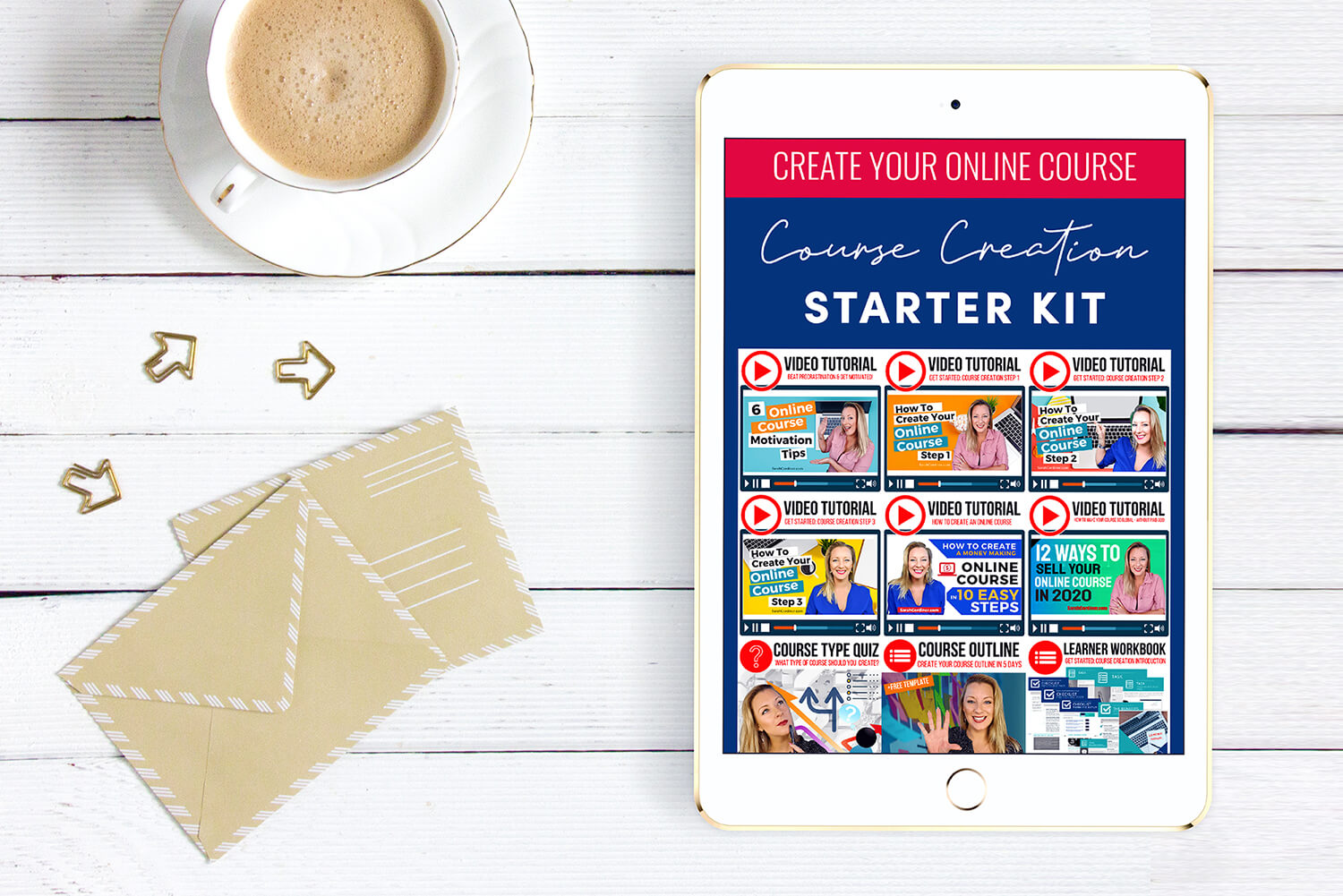
FREE: Course Creation & Business Training
Get your FREE Course Creation & Business Training! FREE training to turn your passion, expertise & knowledge into a profitable online course, lift your global credibility & make a passive income!

Book a Call with Me
If you have a number of questions, want one-on-one tech help or would just rather have a chat and guidance from me directly, you can book a call with me here.

The Legends Lab
For those who are ready to become a stand-out leader in their field of expertise.
The Legends Lab is Sarah's ongoing coaching membership where you will learn how to become a well-known expert in your industry.

Concept To Course
Create and launch your online course or membership in just 30 days in my once-a-year course creation group coaching program. Daily support, live calls, group learning and massive results, fast!

Done-For-You Services
Why not just hand it over to the experts? I can create your course plans, set up your online school, create slides, connect all of your technology & software, create your email automations and more.
Special Deals & Free Trials on my FAVOURITE Tech Tools & Software!
Click on the images below to get more information about the deals.
TekMatix is the market-leading all-in-one business platform, CRM and course creation platform.
It is your course platform, website, blog, email marketing software, ai bot, customer record management system, social media planner and auto-posting tool, calendar booking software, paid ads manager, sales manager and much much more. FIND OUT MORE HERE
Share the love! Share these amazing deals with your friends by clicking the buttons below:
Have You Read These Articles Yet?
Latest Articles by Sarah Cordiner
- How to Scale Your Business by Hiring Help (Even if You’re Not Ready for Full-Time Staff!)
- You don’t need more time. You just need a better system.
- CEO Tears & Tender Hearts: Why Leading With Love Doesn’t Mean You’re Weak
- How to Move from Dreaming to Doing in Your Business
- Clone Yourself with AI: Your Smartest Business Move Yet
- They’ll Laugh First… Until You Make It Real
- Why Monthly Recurring Revenue (MRR) Is the Sexiest Business Model
- Your Brand is Built in Moments of Frustration: Here’s How to Turn Angry Customers into Raving Fans
- Your Story Is Someone’s Survival Guide
- How to Sell What People REALLY Want
- How To Run Special Sales Without Damaging Your Brand Trust
- HURRY!! There are ONLY 3 DAYS Left Until The Most Unmissable Business Bootcamp of 2025!
- How to Eliminate Stress, Skyrocket Productivity & Regain Control of Your Business
- Be the Most Helpful Person in the Room
- How to Reach Your Goals—Even When It Feels Impossible
- How to Quantum Leap Your Income & Success
- How to Embrace Wealth with Positive Energy
- Passive Income from Passion: How to Build a Recurring Revenue Stream with Affiliate Marketing (Even While You Sleep!)
- How to Get AI to Become Your Free Marketing Manager
- How to Break Free from Comparison and Thrive
- How to Know When You’re Ready for Paid Ads
- The Weekly Habit That Keeps Me Focused, Flowing and Crushing Big Goals
- How to Create a Powerful GPT Clone of Yourself for Your Business
- Want Your Inbox to Go “Cha-Ching”? Here’s the Truth About Course Success
- How to Grow a Business That Blossoms (Not Just One That Buds)
- Workplace or Soulplace? Why I Believe Friendship Belongs in Business
- Subdomains Explained: How to Organize Your Online Presence for Maximum Impact!
- Mini Trainings, Big Impact: How to Scale with Low-Ticket Workshops and Signature Courses
- How to Make More Sales Without More Stress (And Finally Serve EVERY Level of Your Market)
- Organic Content vs. Social Media: Know What’s Working
- You’re Not Powerless. You’re Just Not Perceiving Your Power
- How to Build a Personal Brand That Feels Like YOU (And Actually Attracts Dream Clients)
- How to Use SEO Metadata to Boost Your Google and AI Search Rankings
- How to Package Your Knowledge for Maximum Impact & Income
- How to Set Up and Automate Your Task List for Better Business Control
- Your Magic Is the Model: Why YOU Are the Ultimate Business Differentiator
- How to Shut Down Imposter Syndrome with Proof You’ve Earned It
- How to Turn “Can I Pick Your Brain?” Into Cash and Impact
- How I Built a $15 Million SaaS Company in Under 2 Years (and Why I Did It)
- How to Turn Your Content into an Income-Generating Machine
- How to Build a 7-Figure Ed-Tech Business from a Hairband Suspension and a Dream
- Winning Corporate Contracts: Proven Strategies for Service Providers & Coaches
- How Video Embeds Can Increase Blog Visitor Time and YouTube Views
- Why 18 Months of Consistent Action Is the Tipping Point for Success
- How Consistent Content Marketing Builds Long-Term Business Success
- Event Sponsorship Tips: How to Get the Best ROI and Leads from Your Investment
- The Seed Must Break: Embracing the Pain of Change for True Transformation
- Keep It Real: How to Film Videos That Show Your Personality, Not a Script
- Know Your Numbers, Grow Your SaaS: Why Churn is the Silent Killer of Your Subscription Business
- How to Find Your Message (Even If You Have No Idea What It Is Yet)
